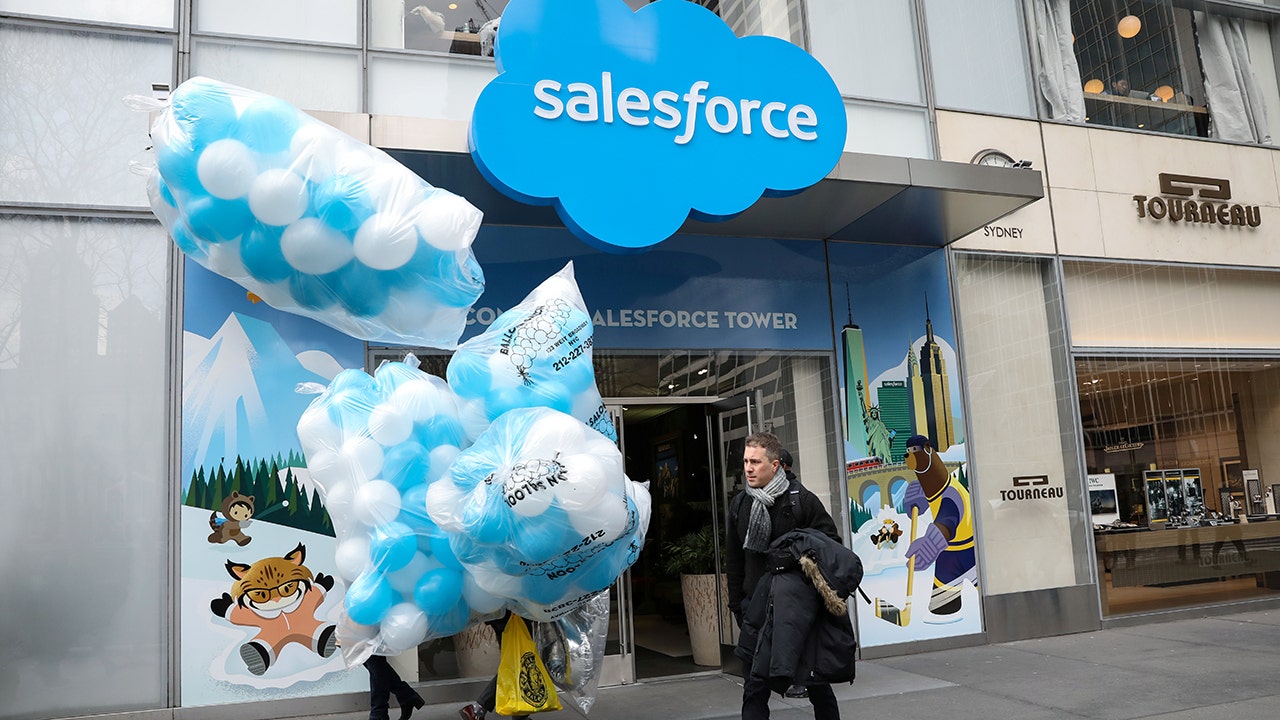Certainly! Here’s a comprehensive, clear, and structured summary of the article, rewritten in about 1200 words:
---
## Massive Data Breaches Through Salesforce: What Happened and How to Protect Yourself
In recent months, a series of significant data breaches have rocked some of the world’s largest and most recognizable companies, including Google, Dior, Allianz, Qantas, Adidas, and many more. While the companies themselves may seem like the main targets, at the heart of most of these incidents lies Salesforce, a powerful cloud-based customer relationship management (CRM) platform used by thousands of organizations globally.
But this wave of cybercrime is not the result of hackers breaking through Salesforce’s main defenses or exploiting technical flaws in its software. Instead, attackers have increasingly targeted the people and the tools surrounding Salesforce, using sophisticated social engineering tactics and exploiting weak points in third-party applications. The end result is a data theft campaign of unprecedented scale—nearly a billion records have been stolen across dozens of companies, and cybercriminals are now actively extorting victims, threatening to expose sensitive information unless ransoms are paid.
### Why Salesforce is Such an Attractive Target
Salesforce is not merely another cloud platform. For many organizations, it acts as the central nervous system of their business. Banks use it to manage client accounts, airlines track their frequent flyer members, and retailers store customer purchase histories and loyalty data within its systems. It spans sales, marketing, customer support, and internal communications, often giving a company’s staff a single point of access to vast amounts of sensitive data.
This means that a successful attack on a Salesforce instance is like cracking open a vault: attackers can peer into a company’s business strategies, customer relationships, and proprietary processes. The potential for damage is enormous—not just for the companies involved, but for anyone whose personal data is stored within those systems.
### How the Breaches Happened
Contrary to what many expect, these breaches did not result from technical weaknesses in Salesforce’s own infrastructure. Instead, attackers focused on the “edges” of the cloud ecosystem:
#### 1. Social Engineering and Phishing
One of the most common attack vectors involved tricking employees—especially those with administrative privileges—into granting access to malicious applications or divulging login credentials. Attackers used voice-phishing calls (sometimes called “vishing”) or sent realistic-looking emails and links to fake apps. Once an administrator was fooled into installing a malicious app or granting it permissions, hackers could steal authentication tokens (such as OAuth tokens) and access CRM data directly.
#### 2. Compromised Third-Party Integrations
Many organizations use third-party tools and apps that connect to Salesforce to enhance their operations, such as chatbots, analytics, or marketing automation platforms. In one particularly damaging example, attackers exploited a chatbot tool called Drift. By compromising tokens from Drift, hackers were able to gain unauthorized access to Salesforce data at hundreds of companies simultaneously.
#### 3. Overly Broad Permissions
In many cases, default settings in Salesforce and its integrated apps allowed for more access than necessary. Once a malicious app was installed, it could operate undetected, silently siphoning off gigabytes of sensitive information.
### The Scale and Impact
The fallout from these breaches has been enormous. For instance:
- **Coca-Cola’s European division** lost over 23 million CRM records. - **Farmers Insurance** and **Allianz Life** reported breaches impacting over a million customers each. - **Google** confirmed that attackers gained access to a Salesforce database containing advertising lead information.
Other affected companies listed by the attackers include FedEx, Hulu (owned by Disney), and Toyota Motors. In total, nearly a billion records have been compromised, affecting individuals across industries and continents.
### Extortion and Data Leak Threats
Rather than simply selling stolen data on the dark web, attackers have turned to extortion. Cybercriminal groups such as Lapsus$, Scattered Spider, and ShinyHunters have launched dedicated leak sites, publicly naming their victims and threatening to publish sensitive data unless ransoms are paid. Messages posted on these sites urge companies to “contact us to regain control of your data governance and prevent public disclosure,” adding a layer of psychological pressure to the already significant financial and reputational risks.
It is unclear how many companies have paid these ransoms or negotiated with the attackers, but the threat is real and ongoing.
### Salesforce’s Response
Salesforce has acknowledged the rise

